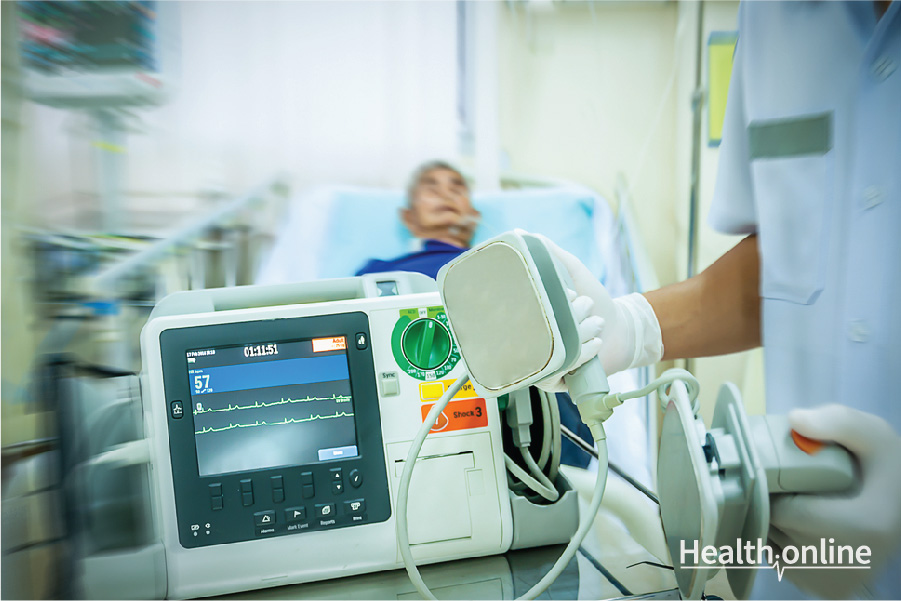
Treatment of Heart Attack
As each heart attack is unique to the individual, the treatment a doctor uses will vary from person to person. Although there are numerous heart attack treatments, they are divided into two categories: medication or procedural.
Medication given to treat a heart attack includes
- Aspirin : Aspirin in an over-the-counter medication that works by reducing blood clotting and helping to main blood flow through a clogged artery. An emergency medical professional, including a 911 operator, may suggest that you take an aspirin if you are experiencing symptoms of a heart attack.
- Thrombolytics: Thrombolytics are drugs used to help dissolve a blood clot that is preventing proper blood flow through your artery and to your heart. This is often a first defense medication, and the sooner you take a thrombolytic after a heart attack the better it is for you heart.
- Antiplatelet agents: These drugs are given to prevent new clots or by keeping older clots from growing larger.
- Blood thinners: Doctors prescribe blood thinners to allow easier blood flow through clogged arteries. An example of a common blood thinner given to heart attack patients is heparin.
- Pain relievers : Heart attacks are painful events that can cause severe discomfort. Therefore, doctors will sometimes prescribe pain killers to improve your comfort level and decrease pain.
- Vasodilators : Vasodilators are prescribed for the treatment of chest pain. They work by widening the blood vessels to improve blood flow to the heart. One commonly used vasodilator is nitroglycerin.
- Beta Blockers : Beta blockers work by relaxing the heart, slowing the heartbeat, and decreasing blood pressure. These activities make the heart’s job easier and can help prevent damage to the heart muscle. These medications can also be used to prevent future heart attacks.
- ACE Inhibitors: ACE inhibitors lower blood pressure, which helps the heart pump blood throughout the body.
- Diuretic : Diuretics relieve the body of excess fluids through frequent urination. This decreases the amount of work the heart must do, and limits the buildup of fluid in the lungs.
Procedures performed to treat a heart attack include:
- Coronary angioplasty and stenting : This procedure is performed by inserting a catheter into an artery to locate the blocked artery. On one end of this catheter, there is a special balloon. Once the blockage has been identified the balloon can be inflated to open a blocked artery and restore blood flow to the heart. If the blockage is especially severe, a stent may be placed in the area to keep the artery open.
- Coronary artery bypass surgery : In some heart attack cases a coronary artery bypass surgery is performed. This procedure involves routing around the blockage with surgically placed veins and arteries. These replacement veins and arteries are sewn into place by the surgeons, and this allows for the blood to be routed around the damaged artery. This restores blood flow to the heart.
- Artificial heart valve surgery : This procedure is like the coronary artery bypass surgery, however, instead of routing around the blockage with surgically placed veins and arteries, an artificial heart valve surgery replaces a damaged heart valve with an artificial healthy one.
- Heart transplants: In rare, extremely severe heart attack cases, the heart cannot be repaired with medical or traditional procedural methods. In these cases, a heart transplant may be possible to replace the damaged heart.




